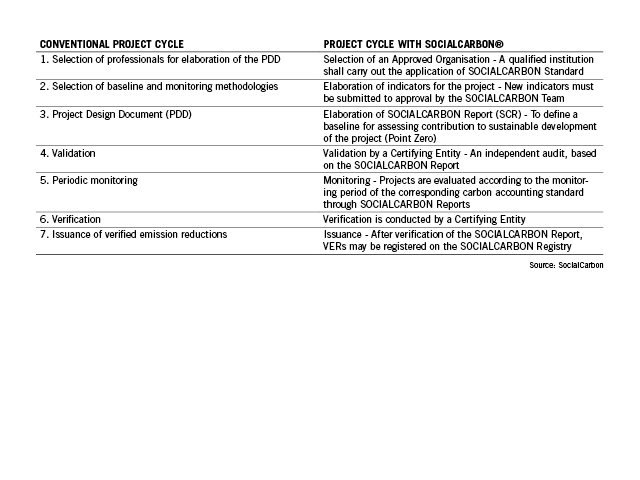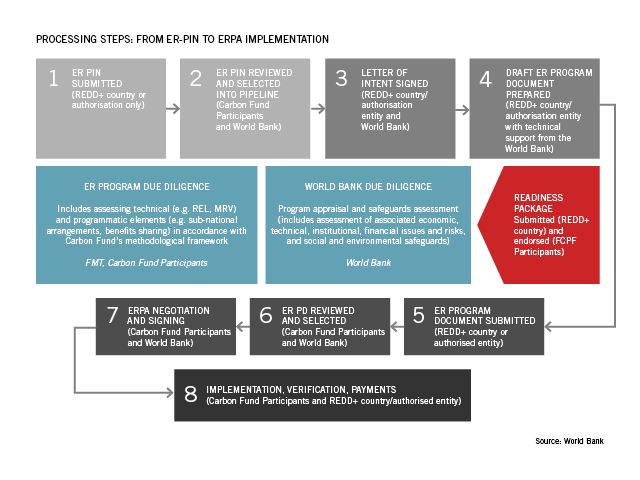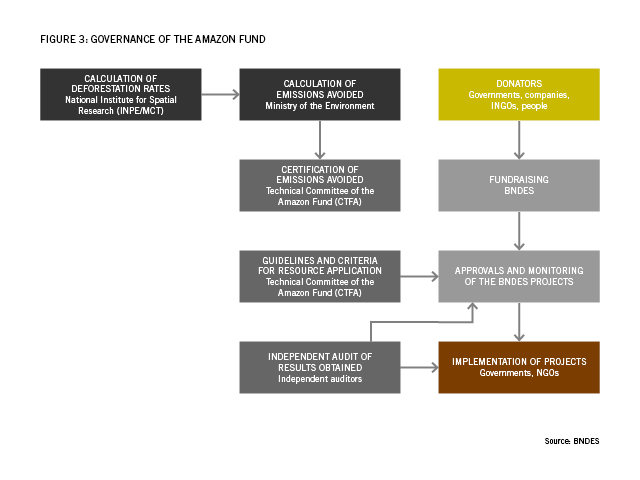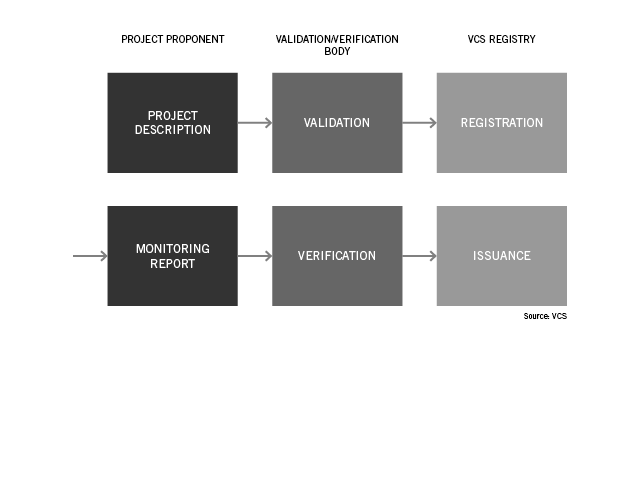Natural Forest Standard projects submit a Project Idea Note (PIN) which is reviewed by the NFS Secretariat and if accepted is listed on the project index page of the NFS website as “PIN submitted”. The project must then develop a Project Design Document (PDD), a detailed document including all the information necessary for the independent validation of the proposed project against the Natural Forest Standard requirements, including a management plan and methods for quantifying and monitoring the proposed project.
Independent validation is required to determine that the project conforms to the Natural Forest Standard requirements and the project proponent shall select an appropriate independent Validation/Verification Body (VVB) to carry out the validation of the project. VVBs must be accredited under ISO 14065 to validate/verify under ISO 14064-3. The PDD, along with any other appropriate documentation is submitted to the selected VVB for commencement of validation. Following successful completion of this stage, the project is registered as an “Active NFS project”.
Verification must be completed, prior to credit issuance and requires a site visit by the VVB. Project implementation is verified by an independent VVB under ISO14064-3 guidelines. Project developers must produce a Project Implementation Report (PIR) annually that describes the project and monitoring activities that have been implemented and the outcomes of such activities. For verification purposes the PIR must include the quantification of carbon benefits, the biodiversity rating, social impact information and general progress of the project since the start of the project. The PIR and all other relevant documentation applicable to the verification of the project are then submitted to the VVB.
The standard requires periodic verification of carbon assertions to be carried out as a desk-based audit on an annual basis, prior to credit issuance. Full verifications including a site visit are required at the initial verification stage and at intervals no greater than 5 years. The standard also requires the PIR to be submitted for publication on the project index page of the NFS website. NCC issuance is dependent on an annual report being submitted for the time frame corresponding to the quantification time period. NCC issuance is ex-post and shall only follow the successful completion and acceptance of all verification documentation and upon credit issuance, the project will be listed as “Verification approved, NCCs issued” on the NFS project index.
The project shall develop and maintain a management plan describing the measures to be taken to reduce deforestation and degradation of natural forests. The plan shall include appropriate leakage mitigation measures, and measures planned to benefit biodiversity and local communities. Projects shall also establish and maintain a monitoring system describing the activities to be undertaken to monitor carbon stocks, and the impacts on local communities and biodiversity.


.png)




 A project of the
A project of the